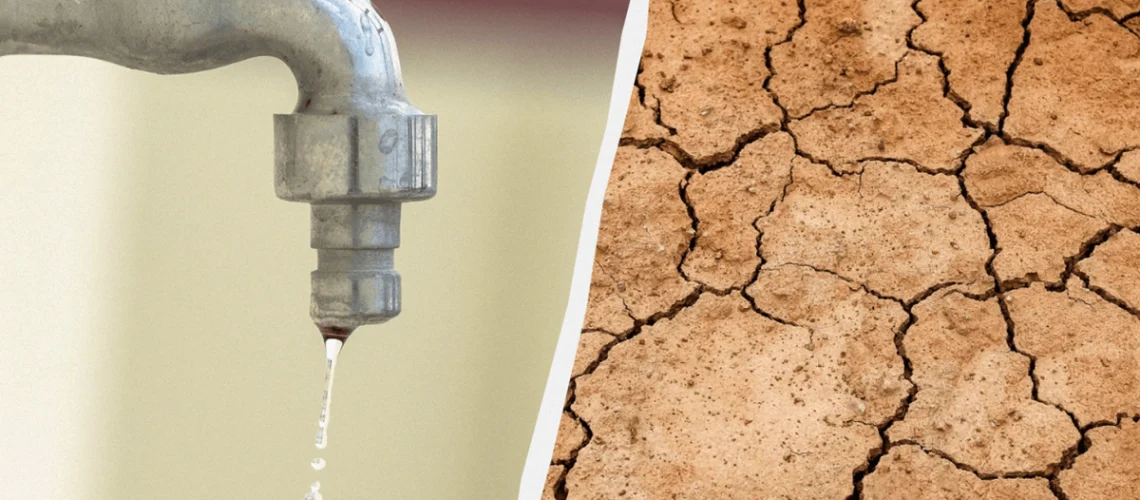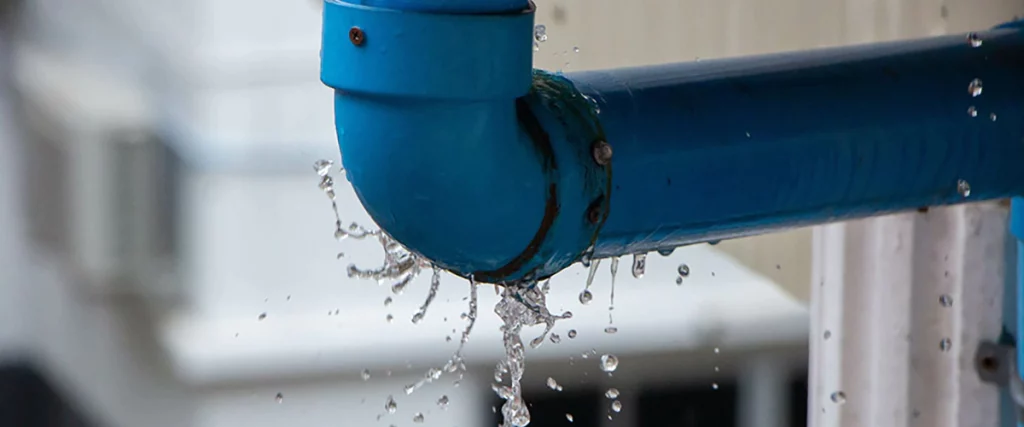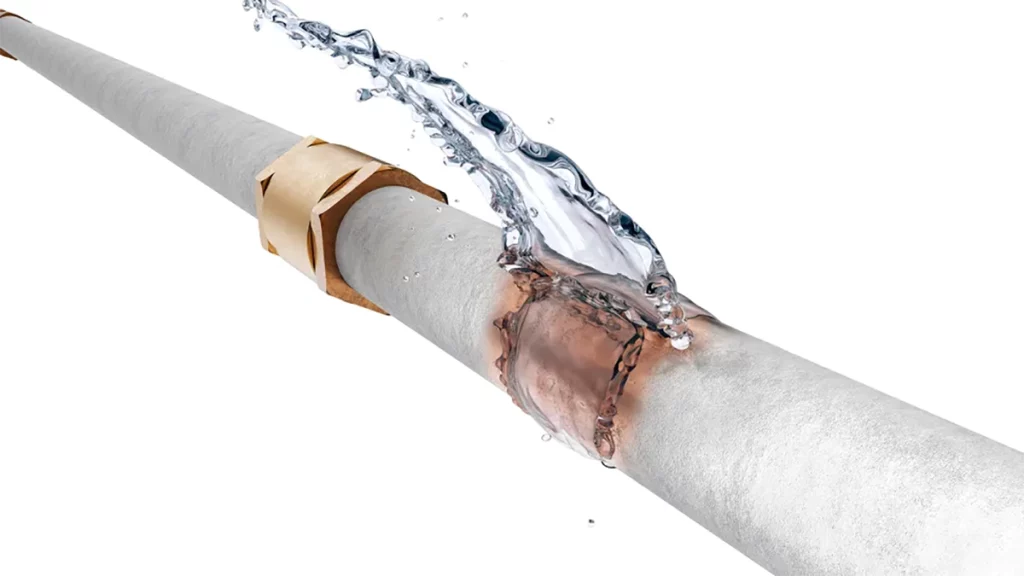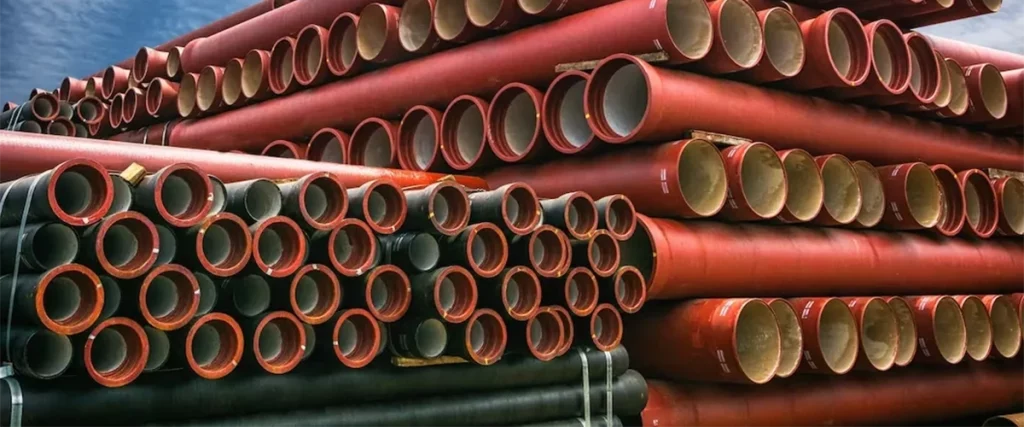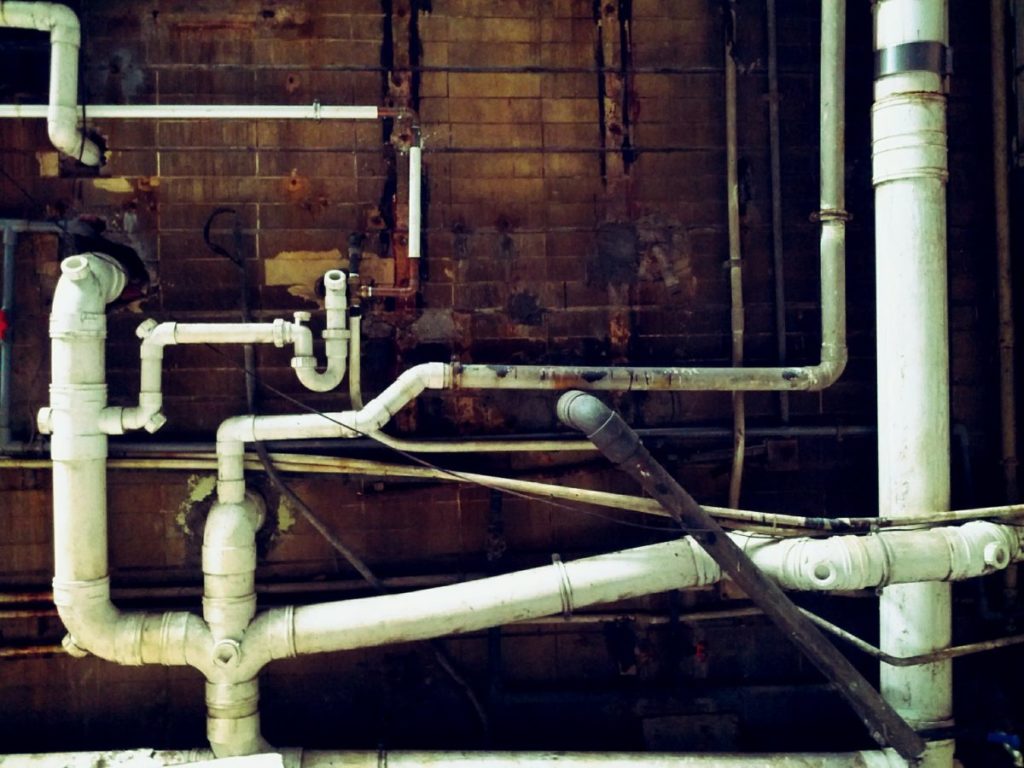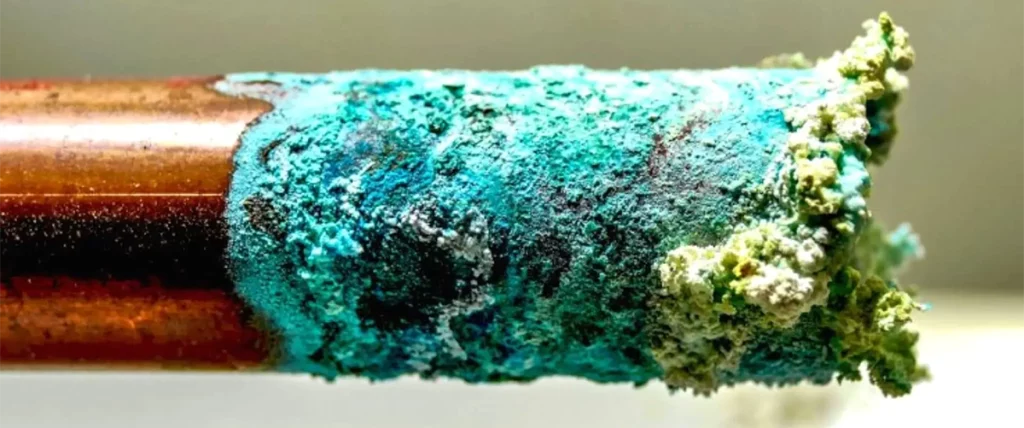Climate change has become a defining factor in many aspects of our daily lives, affecting everything from the food we eat to the way we build our homes. One of the less discussed but critically important areas where climate change is making an impact is on our plumbing and water usage. This article delves into how global climate shifts are affecting plumbing systems and water management, and what measures can be taken to adapt to these changes.
Contents
- 1 What is Climate Change?
- 2 Effects on Weather Patterns
- 3 Increased Rainfall
- 4 Rising Temperatures
- 5 Drought Conditions
- 6 Water Usage and Conservation
- 7 Smart Water Technologies
- 8 Water-Saving Fixtures
- 9 Regulatory Changes
- 10 National Policies
- 11 Local Ordinances
- 12 Infrastructure Upgrades
- 13 Community Education and Action
- 14 Conclusion
What is Climate Change?
Climate change refers to significant, long-term changes in the global climate patterns. Over the past century, industrial activities have increased atmospheric concentrations of greenhouse gases, leading to an increase in global temperatures and significant alterations in weather patterns, which include more extreme weather events and changing precipitation rates.
Effects on Weather Patterns
Climate change affects weather patterns in ways that can have a direct impact on plumbing systems. Increased frequency and intensity of storms can lead to more frequent plumbing emergencies due to flooding and backups. On the other hand, rising temperatures and prolonged droughts can strain water supplies, affecting everything from municipal water systems to individual household usage.
Increased Rainfall
Areas that see an increase in rainfall might experience overwhelmed stormwater systems, leading to more frequent backups and even structural damage. This section will discuss the need for enhanced drainage systems and the importance of regular maintenance to handle the increased load.
Rising Temperatures
Higher temperatures can affect plumbing by increasing the demand for water as cooling needs rise and by stressing the pipes themselves, potentially leading to more frequent leaks or bursts. This section discusses the challenges and solutions related to temperature rises, including the choice of materials and technologies that can withstand these changes.
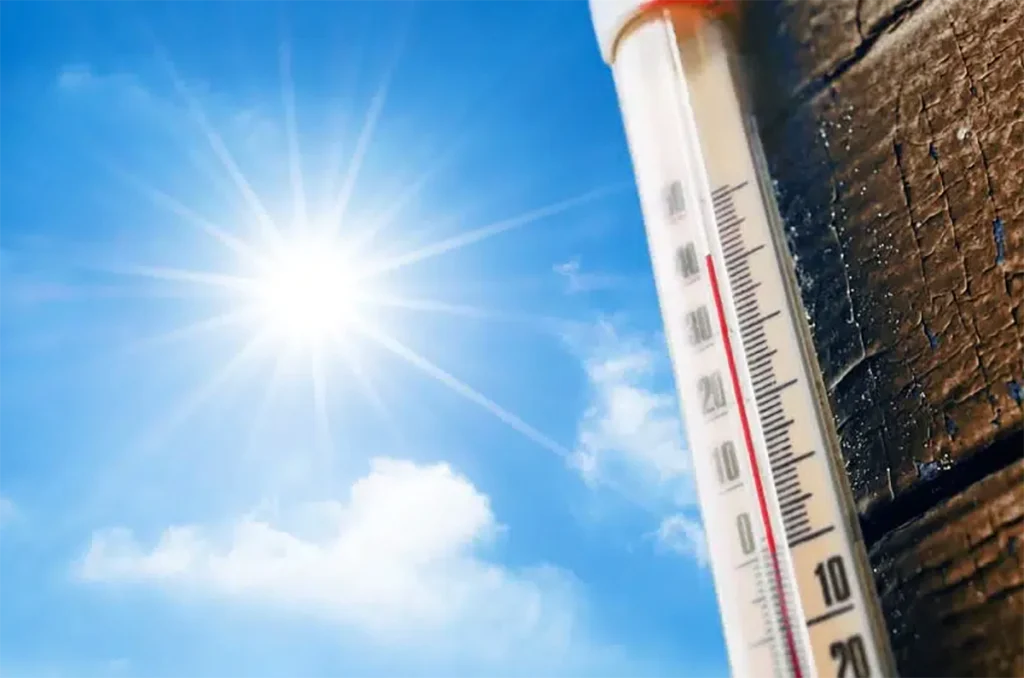
Drought Conditions
In contrast, regions experiencing severe droughts must implement stringent water conservation measures. This affects plumbing by necessitating the installation of fixtures designed to minimise water use and the redesign of landscaping to reduce water dependency.
Water Usage and Conservation
As fresh water becomes scarcer, its conservation becomes increasingly important. This section will explore effective strategies for managing water use, from technological innovations to simple behavioural changes.
Smart Water Technologies
Technological innovations such as smart metres and home automation systems can play a crucial role in water conservation. These technologies allow for better water management by detecting leaks early and providing data to optimise water use.
Water-Saving Fixtures
This subsection will highlight water-saving fixtures such as low-flow toilets and showerheads, which can significantly reduce water use without compromising functionality.
Regulatory Changes
As the impacts of climate change become more pronounced, governments are updating regulations to ensure that plumbing systems can cope with new environmental conditions.
National Policies
This part will overview national policies that are being implemented to adapt plumbing standards to better handle the effects of climate change, such as requirements for water-efficient fixtures.
Local Ordinances
Local governments often respond more quickly to environmental changes. This subsection will discuss how local ordinances are adapting to the specific climate challenges of different areas, such as mandates for rainwater harvesting systems.
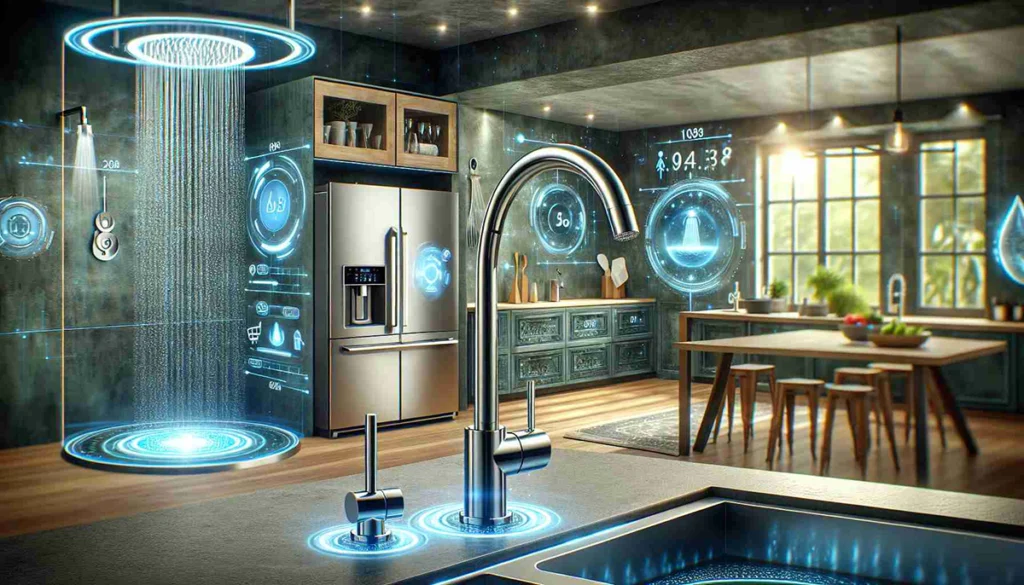
Infrastructure Upgrades
Upgrading infrastructure to cope with new climate realities is crucial. This includes replacing outdated piping and installing advanced water treatment systems to ensure resilience and efficiency.
Community Education and Action
Community involvement is essential in addressing the challenges posed by climate change. This section will talk about the importance of community education programs and collective action initiatives to improve water conservation and plumbing resilience.
Conclusion
The impacts of climate change on plumbing and water usage are profound and multifaceted, necessitating a comprehensive approach to adaptation and management. By understanding these impacts and implementing forward-thinking policies and technologies, we can ensure our water systems are resilient and efficient for years to come.
FAQs
Climate change leads to more frequent extreme weather events like heavy rainfall and droughts, which can stress plumbing systems. Increased rainfall can overwhelm drainage systems and lead to flooding, while droughts can cause soil to shift or settle, potentially damaging underground pipes. Additionally, higher temperatures can affect water quality and increase the likelihood of pipes degrading or bursting.
Homeowners can start by upgrading to weather-resistant materials and fixtures that are designed to handle extreme conditions, such as heat-resistant pipes or water-efficient toilets. Regular maintenance, such as checking for leaks and ensuring proper drainage, is also crucial. Additionally, installing water sensors can help detect leaks early, preventing major damage.
Yes, there are several technologies designed to reduce water use and strain on plumbing systems. These include low-flow fixtures like toilets and showerheads, which use less water per use. Smart water systems can monitor water flow and detect leaks automatically, while greywater recycling systems reuse water from sinks and showers for irrigation, reducing overall water consumption.
Local regulations can enforce the adoption of sustainable plumbing practices by mandating the use of water-efficient fixtures, promoting greywater and rainwater harvesting systems, and requiring new buildings to include climate-resilient plumbing designs. These changes not only help reduce water wastage but also ensure that infrastructure is better prepared for the effects of climate change.
Plumbers and industry professionals are on the front lines of adapting plumbing systems to the challenges posed by climate change. They can provide expertise in installing and maintaining water-efficient and weather-resistant plumbing systems, advise on best practices for water conservation, and help implement innovative technologies that make plumbing systems more resilient and sustainable.



